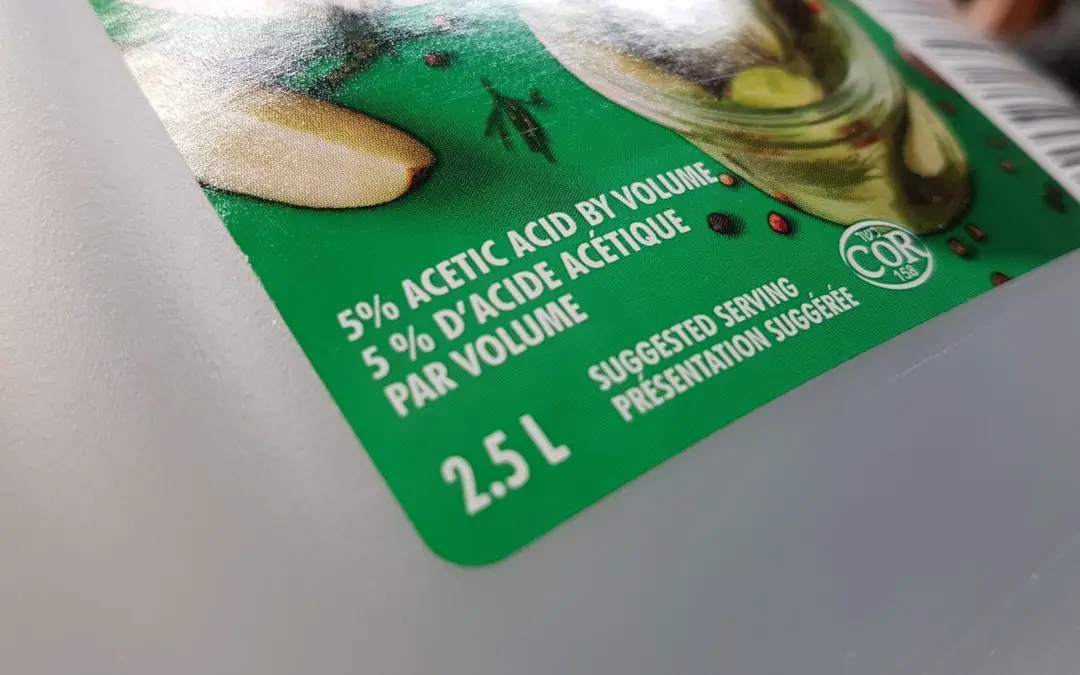
by Alex Lafreniere | Jan 10, 2020 | Growing, Microgreens
One of the first and more annoying problems you’ll probably run into as you grow microgreens is mold. You can treat mold, but preventing it in the first place is even better. Microgreens go moldy because you’re created an environment perfect for fungus and other...
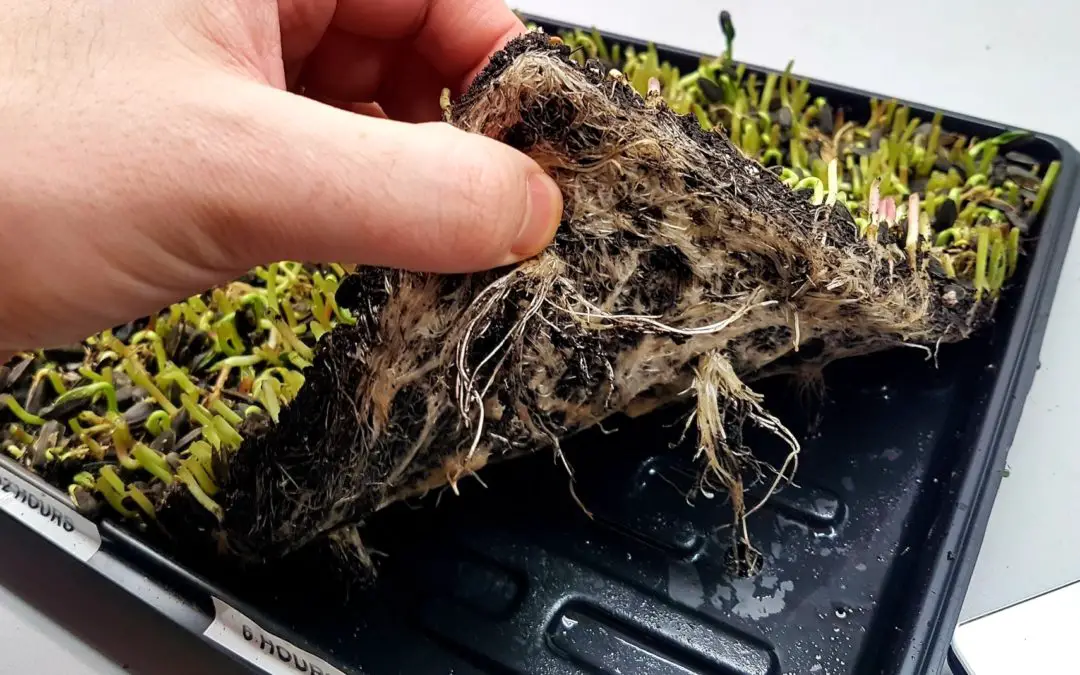
by Alex Lafreniere | Jan 7, 2020 | Consumables, Microgreens
If you’re interested in Zero Waste growing, or sustainability, you’ve probably wondered if you could re-use microgreen soil. It seems like a waste to just use things once, but what can be done? Re-using soil can work if you do it properly. Reusing soil...
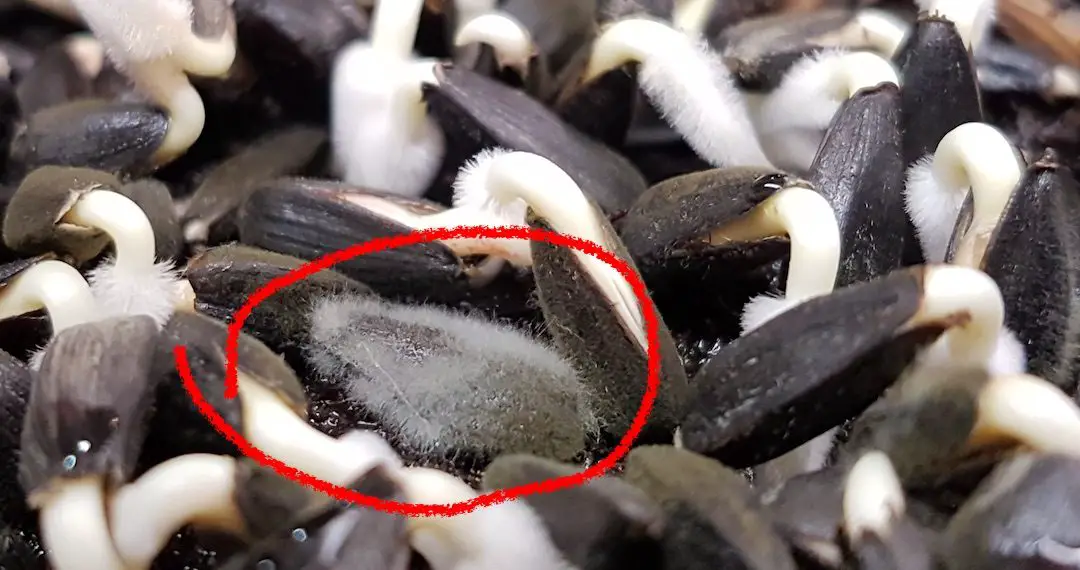
by Alex Lafreniere | Jan 7, 2020 | Growing, Microgreens
Ideally you prevent it in the first place. But if you have mold, you can remove it with a few methods. If you’re growing a small amount of microgreens, you can remove moldy bits, like shed seed hulls. You can spray with a hydrogen peroxide, peracetic acid, or dilute...

by Alex Lafreniere | Jan 4, 2020 | Growing, Microgreens
Here are some things I wish I was thinking about on day 1. But I don’t beat myself up about it! And, I think it’s better to have your day 1 as soon as possible, instead of accumulating knowledge and honing the perfect approach. There’s always more to learn! Take a...
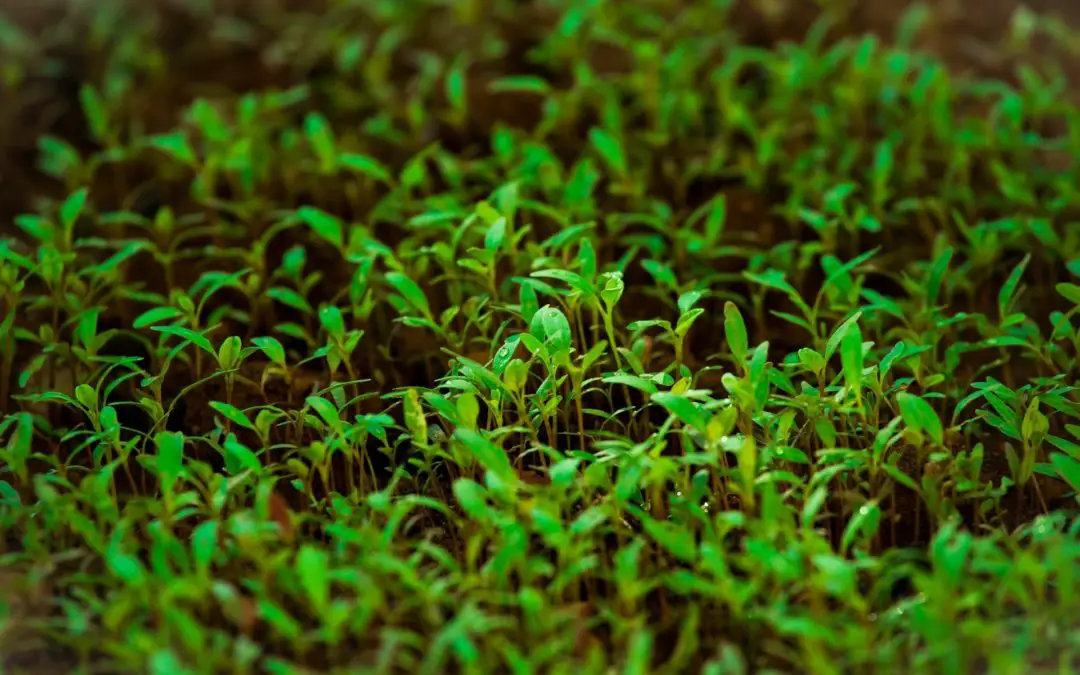
by Alex Lafreniere | Jan 3, 2020 | Growing, Microgreens
If you live in a northern climate, or are trying to prioritize which plants get the prime real estate on a sunny windowsill, you’ll need some idea of how many hours of light microgreens need for robust growth. Microgreens need at least 6 hours of natural...
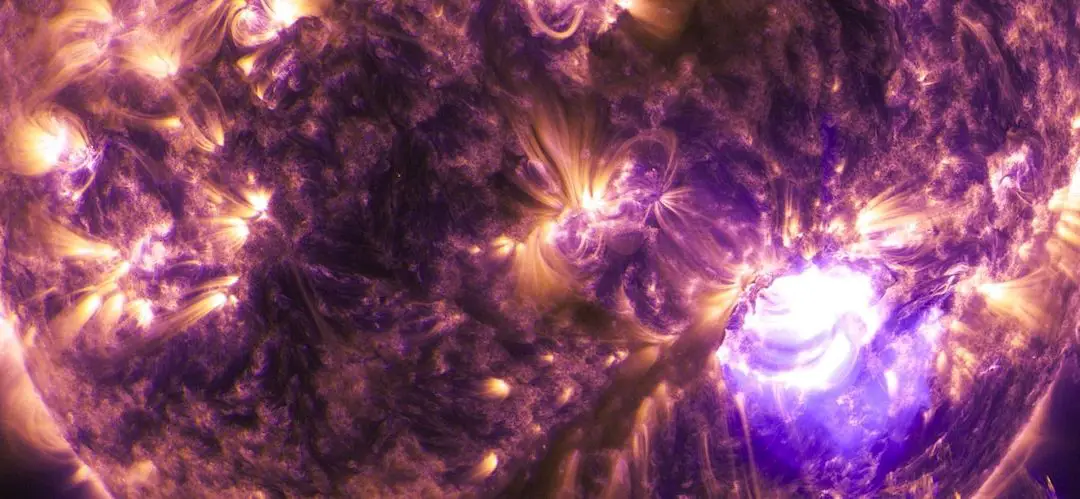
by Alex Lafreniere | Jan 3, 2020 | Equipment, Microgreens
5000 K vs 6500 K for Microgreens? The Kelvin rating of a light source is a measure of the distribution of the light spectrum. An easy way to think of it is that lower numbers 1000 K to 3000 K are more orange and yellow, and higher numbers 4000 K to 7000 K are more...







